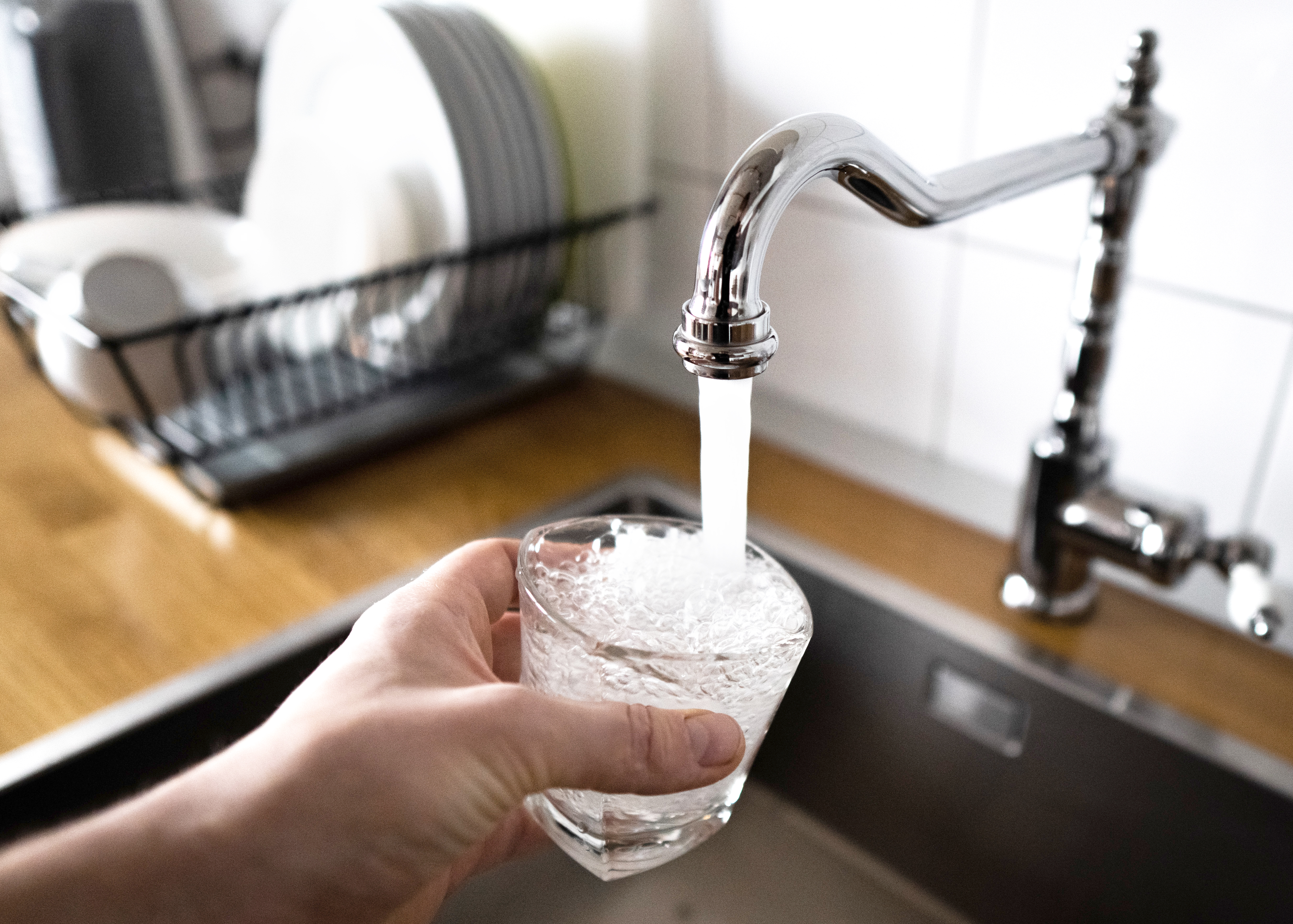
Discover the leading factors affecting your main water line replacement cost in Columbus, including length, material selection, and installation details.
Freshen up your bathroom by replacing the most heavily used part of your toilet


Replacing a toilet seat is a simple DIY project that requires little to no expertise, and one that just about any homeowner can tackle. Whether you only want to remove the toilet seat to deep-clean under the brackets, or you want to replace the toilet seat for a fresh, clean look in your bathroom, you can use this guide on how to remove a toilet seat to get the job done in only a few minutes.
If you’re removing your toilet seat to replace it with a new one, you need to make sure you get the right toilet seat shape. There are two common options—round and elongated—and you need to match your toilet seat to the shape of your toilet.
You can figure out which toilet shape you have by measuring from the back of the current seat to the front. If it sits around 16 inches long, you have a round toilet. If the seat is 18 inches long, you have an elongated toilet. Getting the wrong toilet seat shape will not only look awkward but it could lead to injury since it won’t sit properly on the toilet and is more likely to crack.
With the toilet seat and toilet seat lid closed, look for the two brackets at the back end of the seat. These will likely be made of plastic and will contain small covers that you can pry open with your fingers or a flathead screwdriver. They should easily pop up and expose the mounting hardware underneath.

Most modern toilet seats use plastic components for the mounting hardware. You can grip the plastic nut on the underside of your toilet with your hand to hold it in place—use a rag if you can’t get a good grip—and unscrew the plastic bolt from the top side of the mounting bracket.
Make sure that you don’t strip the plastic bolt! Use a screwdriver with a wide head to get a good grip on the bolt. Otherwise, you could damage the plastic and make the toilet seat removal more complicated.
If you have an old toilet seat, the mounting brackets and hardware could be made out of brass or another metal. Over time, these metals can corrode and get stuck on the toilet, in which case you’ll have to cut them off. Similarly, if you previously stripped the plastic bolt and can’t unscrew it, you’ll need to cut through the plastic bolt.
If that’s the case, place a layer of masking tape around the mounting bracket to protect the porcelain. Using extreme caution and working slowly, lay your hacksaw blade flat against the masking tape and cut through the mounting bracket and bolt. Once you get through the bolt, the toilet seat should pop loose.

With the mounting bolts out and the nuts removed, you can lift your toilet seat straight up off of the toilet to remove it.
Whether you’re reinstalling your old toilet seat or replacing it with a new one, use a multi-surface cleaner or disinfectant and a rag to clean the area under the mounting bolts before replacing the toilet seat.
When you’re done cleaning, don’t tighten the toilet seat too much when you replace it. Doing so can make it unnecessarily difficult to remove in the future.
Removing a toilet seat is a simple and straightforward home improvement project that just about anyone can do, so you can save some money by tackling the work yourself.
However, if you have an older toilet seat with metal brackets, or your plastic bolts are stripped, and you can’t unscrew them, we recommend hiring a plumber near you to get the toilet seat off. It’s possible to cut it off yourself using the steps above, but you could damage your toilet if you mess up or work too aggressively, and a cracked toilet will need replacement.
If you’re uncomfortable with the work or run into problems that prevent you from being able to unscrew the bolts, you can expect to pay a small service fee of between $50 and $100 to have a plumber come fix the problem. While your professional is on site, you could make the most of the service fee by having them carry out other minor repairs, like unclogging a toilet, clearing a sink drain, or fixing a leaky faucet.
From average costs to expert advice, get all the answers you need to get your job done.

Discover the leading factors affecting your main water line replacement cost in Columbus, including length, material selection, and installation details.

Learn about main water line repair costs in Columbus and what affects pricing to be prepared before you start getting estimates.

Learn how much plumbers cost in Columbus, Ohio. Discover pricing for faucet repairs, pipe work, and emergency services, plus how you can save money.

If your toilet is leaking at the base, it can be a cause for concern. So grab some towels to stop the flow and explore these six common culprits for a leaky base.

A dripping sound in your walls could be signs of a big problem with a big price tag. Learn how to find the issue and get it fixed.

If your tub stopper is ruining bathtime or it’s time for a new one, you can easily DIY the job. Keep reading to discover how to remove a bathtub drain stopper.